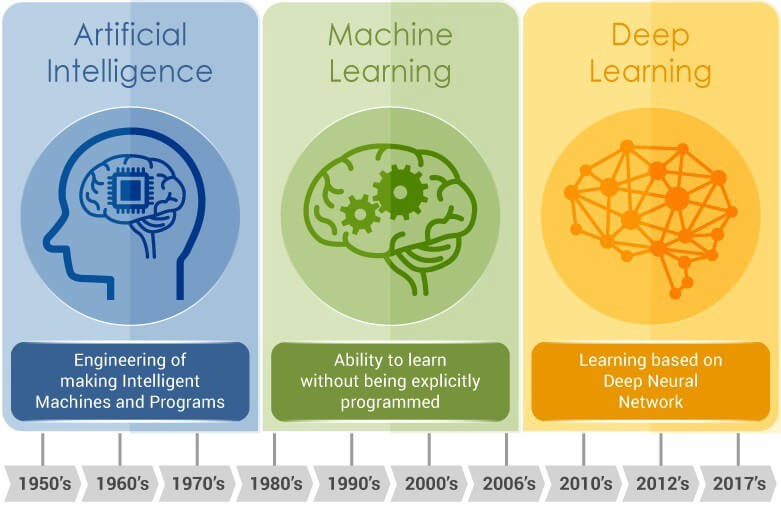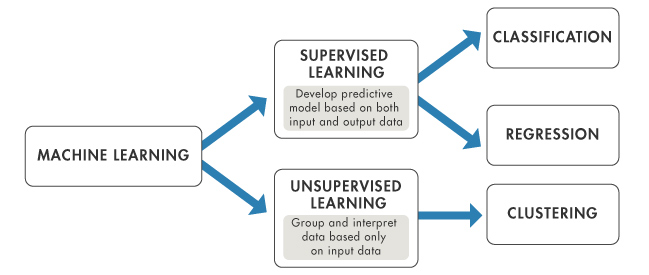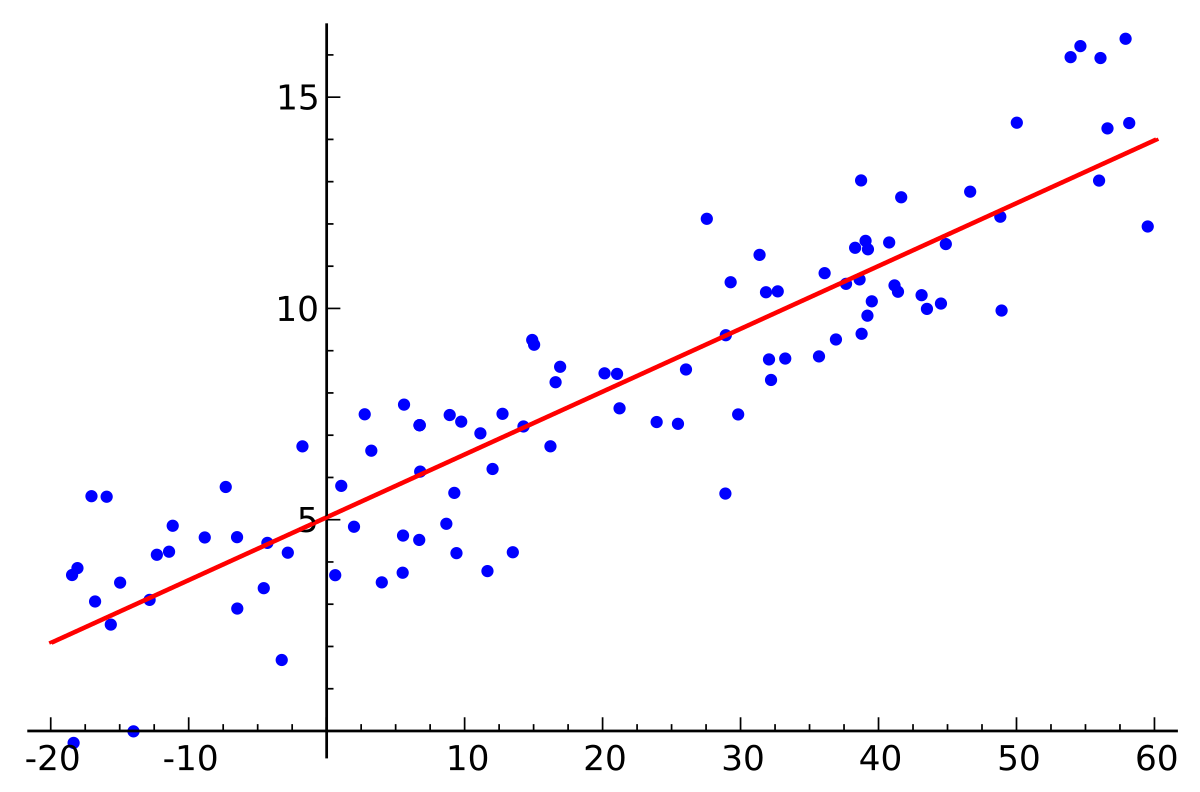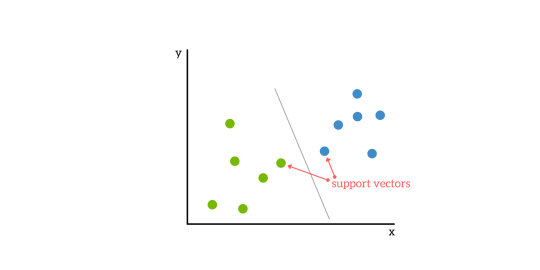Click For Math Behind Machine Learning
Type Of Machine Learning on the basis of the nature of learning
- Machine Learning
- Supervised Machine Learning
- Linear Regression
- Logistic Regression
- [K-NN Classification](#K-NN Classification)
- Decision Tree
- [Random Forest](#Random Forest)
- Support Vector Machine
- Unsupervised Machine Learning
- ReInforcement Learning
- Supervised Machine Learning
- Email Id - Deepak008@live.com
The computer Is presented With example input and Their Desired Outputs.The Goal Is learn A general rule that maps into the outputs. The Traning Process continues Until The Model achieve the desired level of accuracy.
Linear regression is a statistical approach for modelling relationship between a dependent variable with a given set of independent variables. Simple linear regression is an approach for predicting a response using a single feature.
Linear Regression
It is assumed that the two variables are linearly related. Hence, we try to find a linear function that predicts the response value(y) as accurately as possible as a function of the feature or independent variable(x).
This article discusses the basics of Logistic Regression and its implementation in Python. Logistic regression is basically a supervised classification algorithm. In a classification problem, the target variable(or output), y, can take only discrete values for given set of features(or inputs), X.
Contrary to popular belief, logistic regression IS a regression model. The model builds a regression model to predict the probability that a given data entry belongs to the category numbered as “1”. Just like Linear regression assumes that the data follows a linear function, Logistic regression models the data using the sigmoid function.
Logistic Regression
$$ g(z)= 1/(1+c) $$
A decision tree is a flowchart-like structure in which each internal node represents a "test" on an attribute (e.g. whether a coin flip comes up heads or tails), each branch represents the outcome of the test, and each leaf node represents a class label (decision taken after computing all attributes).
Decision Tree
Support Vector Machine A Support Vector Machine (SVM) is a discriminative classifier formally defined by a separating hyperplane. In other words, given labeled training data (supervised learning), the algorithm outputs an optimal hyperplane which categorizes new examples.
Unsupervised learning: No labels are given to the learning algorithm, leaving it on its own to find structure in its input. It is used for clustering population in different groups. Unsupervised learning can be a goal in itself (discovering hidden patterns in data).
You ask the computer to separate similar data into clusters, this is essential in research and science.
Use the computer to help us visualize high dimension data.
After a model captures the probability distribution of your input data, it will be able to generate more data. This can be very useful to make your classifier more robust.
For More Details About Machine Learning Math Check Here 👇





